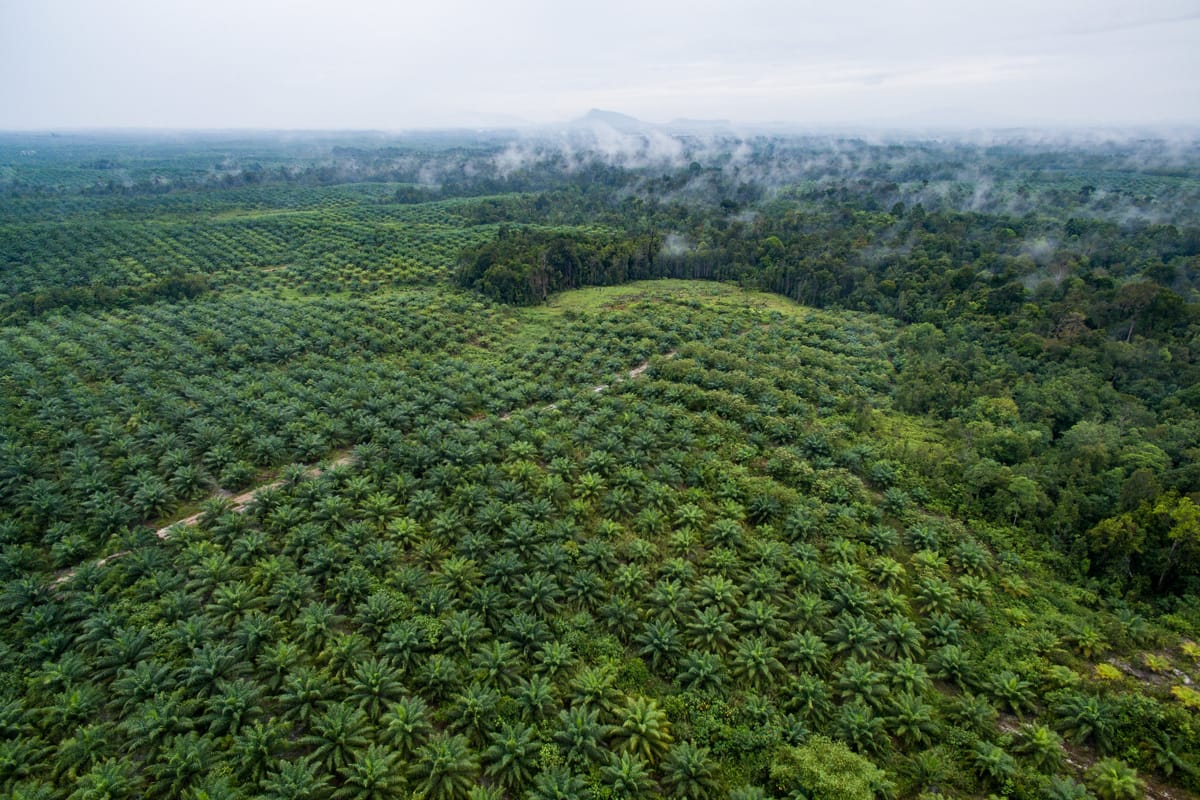Southeast Asia is home to almost 700 million people and collectively amounts to the fifth-largest economy in the world. Over the past two years, it has grown between 4-5 per cent, close to the growth of India (between 6-7 per cent) and at times exceeding that of China (between 3-5 per cent).
The region is united through the Association of Southeast Asian Nations in a way that goes beyond annual summits between leaders. States prioritise “ASEAN centrality”, seeking to collectively engage with external partners and set up the regional architecture. The ASEAN approach remains focused on unity at a time of global fragmentation, seen in the European Union with Brexit and in more recent geopolitical tensions in the Middle East and the Americas.
This cooperation is despite the nations of ASEAN differing hugely in their stage of development and size. Average annual incomes in 2022 ranged from $2,310 in Laos to $67,200 in Singapore. Indonesia has annual incomes of $4,580 and the largest economy, making up more than a third of the economic weight of Southeast Asia (GDP). The next five biggest economies are more evenly weighted – Thailand, Singapore, Philippines, Vietnam and Malaysia each make up around 10–15 per cent of Southeast Asia’s economy.
The turbulent global conditions emerging from the pandemic shed light on economic differences within ASEAN. Singapore, as a city state, is most exposed to global trade. As the global economy slowed, so too did Singapore: growth fell to just 1.1 per cent in 2023.
Conversely, Vietnam, which has the next-highest exposure to trade, has been more immune. Its large manufacturing base, low-cost production, and proximity to China has made it a key trade beneficiary as global companies shift to a China Plus One supply chain strategy. Combined with the return of overseas tourists, this partly explains Vietnam’s steady 5.1 per cent growth rate in 2023.
The post-pandemic recovery of tourism has been a significant economic force across Southeast Asia, in particular for Thailand's economy.
Elsewhere, rising energy commodity prices after Russia’s invasion of Ukraine benefited Indonesia (i.e. coal and palm oil) and Malaysia (petroleum and palm oil). More volatile electronics prices saw exports rise then fall in Vietnam, Malaysia, Singapore and the Philippines. More recently, rice exporters from Thailand and Vietnam look likely to benefit from higher prices – provided farmers can maintain production amid concerns of dryer El Niño weather patterns. Across the region, higher prices put the spotlight on food security.

Looking ahead, the flagship industries of countries hint at how each sees a path to prosperity.
Well-educated, low-cost Vietnamese workers power a large part of global video game development. Highly-educated Thai workers are key to Thailand’s medical tourism exports. English-speaking Filipino workers support business process outsourcing. Hydropower from Laotian dams is exported across Southeast Asia. And Indonesia seeks to use its market share of global nickel to move into higher value processing.
The electric vehicle industry is also in the spotlight as a potential new source of growth across Southeast Asia. Each country has a different pitch for the EV industry. Indonesia’s nickel is a key ingredient for one type of EV battery and Malaysia benefits from a deep electronics ecosystem. Thailand-led fossil fuel car manufacturing dominates the region and now Vietnam is home to Southeast Asia’s first US‑listed electric vehicle company, VinFast.
Country differences are important for international partners to understand, as any ASEAN decision requires consensus. Despite the diversity of its members, ASEAN continues to make incremental progress towards common goals.
For example, attracting international investment, including for the green transition, is a focus across Southeast Asia. A notable example of ASEAN cooperation to support this goal is the ASEAN green taxonomy. The taxonomy looks to agree a set of definitions for green activities, which can then be used to guide capital to green investments. Here, ASEAN worked to align existing national policy and reflect the views of all member states through consultation (with the latest iteration published just this month ).
Connecting the region is another ASEAN priority, notably for payment systems. ASEAN cooperation in this area has started narrowly. Payment systems were initially connected country-to-country, then broadened out into an agreement between five of the biggest countries (Indonesia, Singapore, Thailand, Malaysia, the Philippines). Last year, ASEAN leaders agreed to continue deepening payment connections across all ASEAN members.
Overall, ASEAN cooperation continues in the face of diverse economic interests. Like the rest of the world, it faces the challenge of balancing competition and cooperation. The short-term allure of undercutting Southeast Asian neighbours, whether on wages, regulatory protections or foreign investment incentives, is ever present. ASEAN centrality may provide a counterbalancing force. If Southeast Asia can leverage its scale and diverse strengths, its economy will continue to perform for its people.

